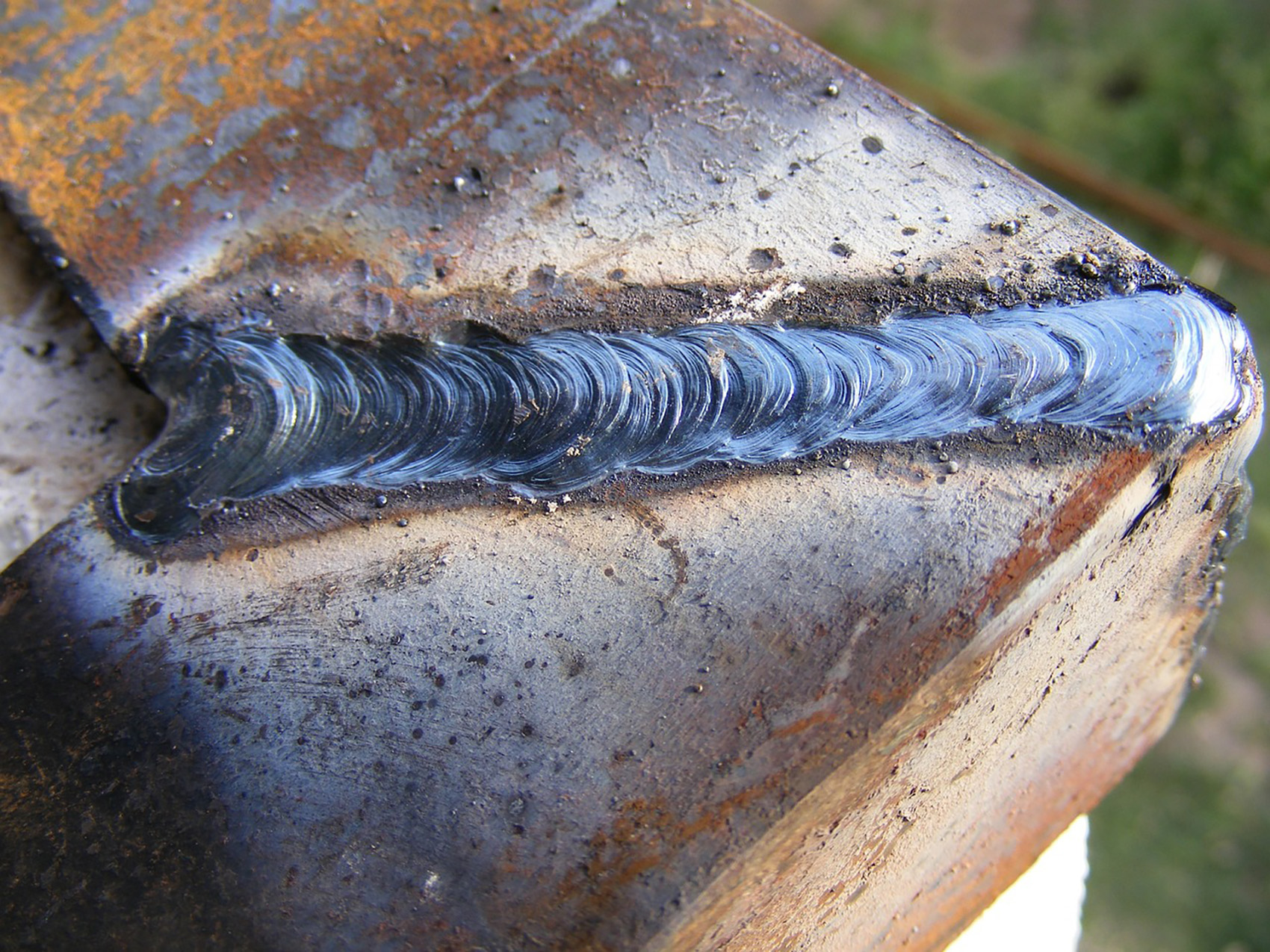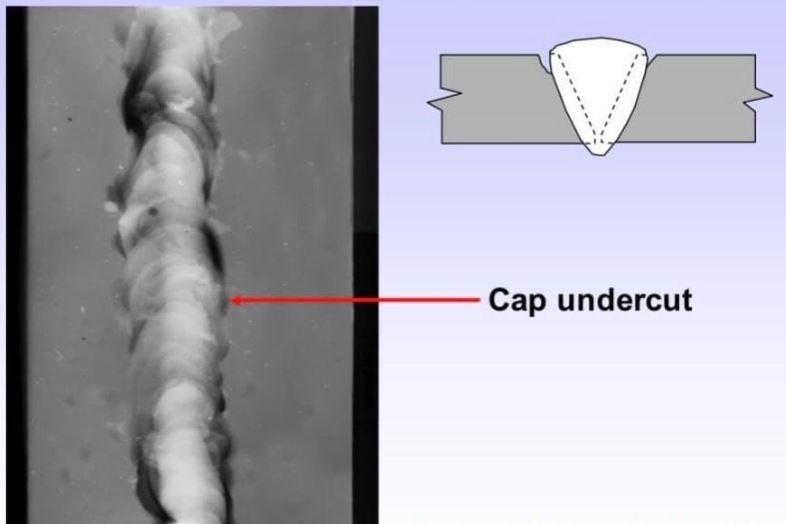Best Practices for Preventing Weld Undercut: Grasping the Fundamentals
Best Practices for Preventing Weld Undercut: Grasping the Fundamentals
Blog Article
Grasping the Art of Welding: Just How to Avoid Undercut Welding Issues for Flawless Fabrication Results
By recognizing the origin triggers of undercut welding and executing effective techniques to prevent it, welders can boost their craft to brand-new levels of quality. In the search of remarkable construction results, mastering the art of welding to avoid undercut issues is not simply a skill yet a requirement for those aiming for perfection in their job.
Understanding Undercut Welding

To avoid undercut welding, welders should make sure proper welding parameters, such as readjusting the current, voltage, traveling speed, and preserving the correct electrode angle. In addition, using the proper welding technique for the certain joint configuration is crucial. Utilizing weaving activities or backstepping methods can aid guarantee correct weld metal deposition and minimize the chance of undercut formation. Routine examination of welds during and after the welding process is additionally essential to catch any kind of undercut early and make needed changes to avoid additional flaws. Preventing weld undercut. By understanding the root causes of undercut welding and carrying out safety nets, welders can attain top quality, structurally sound welds.
Root Causes Of Undercut in Welding
Recognizing the variables that add to damage in welding is essential for welders to produce high-quality, structurally sound welds. When the weld steel does not effectively load the groove developed between the base metal and the previously transferred weld steel, undercutting occurs. Several elements can lead to undercut in welding. One usual cause is excessive warmth input. Welding at heats for prolonged periods can cause the base metal melting more than wanted, causing undercut. Poor welding existing or incorrect welding speed can also add to damage. Inadequate current might not supply enough heat to thaw the base and filler metals sufficiently, while excessive speed can prevent correct combination, creating undercut. Furthermore, inappropriate electrode angles or inaccurate torch adjustment methods can develop locations of reduced weld metal deposition, advertising undercut. Understanding these reasons and executing correct welding techniques can assist protect against damaging problems, ensuring resilient and strong welds.
Techniques to stop Undercutting

To minimize the danger of undercutting in welding, welders can employ tactical welding techniques intended at improving the quality and honesty of the weld joints. In addition, making use of the appropriate welding technique for the details joint setup, such as weave or stringer grains, can add to minimizing undercutting.
Using back-step welding techniques and managing the weld grain account can also assist disperse heat evenly and lessen the threat of undercut. Regular evaluation of the weld joint throughout and after welding, as well as implementing high quality guarantee actions, can assist in discovering and resolving undercutting concerns quickly.
Value of Correct Welding Parameters
Choosing and preserving proper welding criteria is crucial for achieving effective welds with marginal flaws. Welding parameters refer to variables such as voltage, existing, take a directory trip rate, electrode angle, and protecting gas flow rate that directly influence the welding procedure. These specifications should be thoroughly adjusted based on the kind of product being welded, its thickness, and the welding strategy used.
Appropriate welding parameters make sure the appropriate amount of heat is put on melt the base steels and filler material consistently. If the parameters are set too high, it can cause too much warm input, causing spatter, burn-through, or distortion. On the various other hand, if the criteria are as well reduced, incomplete blend, lack of penetration, or undercutting might occur.
Quality Control in Welding Procedures

Verdict
In verdict, understanding the art of welding requires an extensive understanding of undercut welding, its causes, and techniques to avoid it. By ensuring appropriate welding specifications and carrying out quality control techniques, perfect manufacture outcomes can be achieved. It is essential for welders to continually pursue excellence in their welding operations to stay clear of undercut problems and produce top notch welds.
Undercut welding, a common issue in welding procedures, occurs when the weld steel doesn't properly load the groove and leaves a groove or clinical depression along the welded joint.To prevent undercut welding, welders need to guarantee proper get more welding criteria, such as readjusting the present, voltage, traveling rate, and maintaining the proper electrode angle. Poor welding current or inaccurate welding rate can also add to undercut.To minimize the risk of damaging in welding, welders can use calculated welding techniques intended at enhancing the top quality and integrity of the weld joints.In final thought, grasping the art of welding calls for a detailed understanding of undercut welding, its causes, and methods to stop it.
Report this page